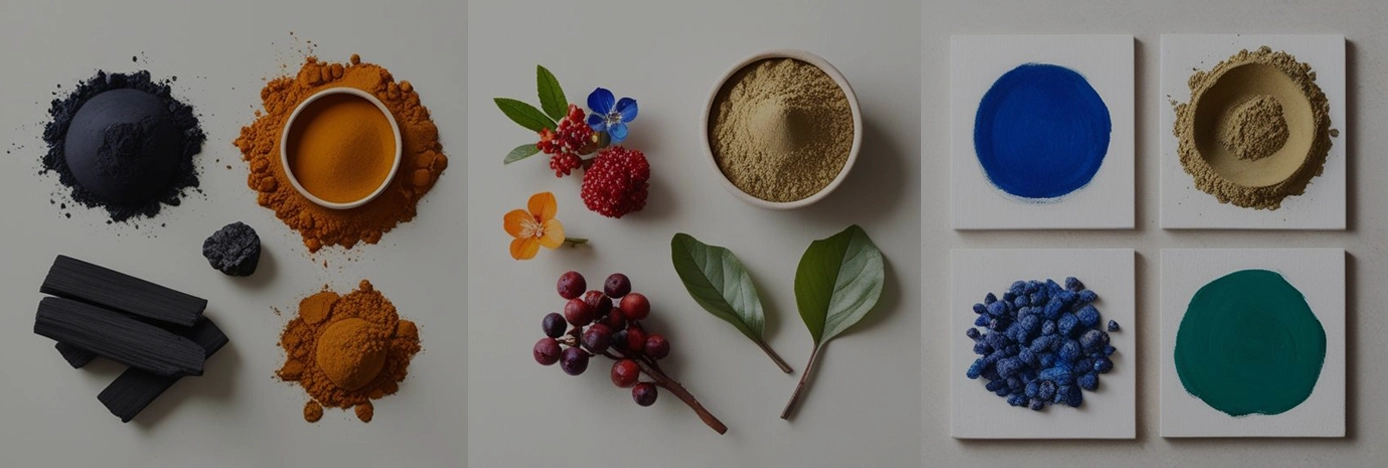About history of paint
Throughout history, paint has played a vital role, evolving from simple pigments used in ancient cave paintings to the sophisticated coatings we rely on today. At French Painting Company, serving the Hampton Roads, Virginia area, we understand the importance of quality paint and its transformative power. We’re not just painting contractors; we’re passionate about the history and science behind the materials we use. This article, “A Brief History of Paint,” explores the fascinating journey of paint, from its earliest forms to the cutting-edge, eco-friendly options available today. Join us as we delve into the evolution of pigments, the revolutionary impact of oil-based paints, the modern marvel of latex, and the exciting future of sustainable paint solutions.
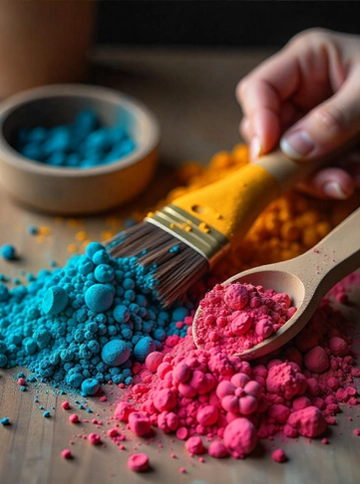
Whether you’re a homeowner planning a residential painting project, a business owner looking to refresh your commercial space, or simply curious about the history of this ubiquitous material, you’ll find valuable insights here. And if you’re in the Hampton Roads area and need expert interior painting or exterior painting services, don’t hesitate to contact the French Painting Company.
From Caves to Canvas: The Evolution of Early Pigments
The story of paint begins long before recorded history, etched into the very walls of our ancestors’ caves. Imagine a world without the vibrant hues we see today, where color was derived from the earth itself. Early humans discovered that naturally occurring substances like ochre (iron oxide), charcoal, and plant extracts could be ground and mixed with water or animal fat to create pigments. These rudimentary paints weren’t just decorative; they served a purpose. Cave paintings, like those found in Lascaux and Altamira, depict animals, hunting scenes, and abstract symbols, possibly used for ritualistic purposes or storytelling. These early artists, using their fingers, rudimentary brushes made from animal hair or plant fibers, and even blowing pigment through hollow bones, demonstrated an innate understanding of color and its power.
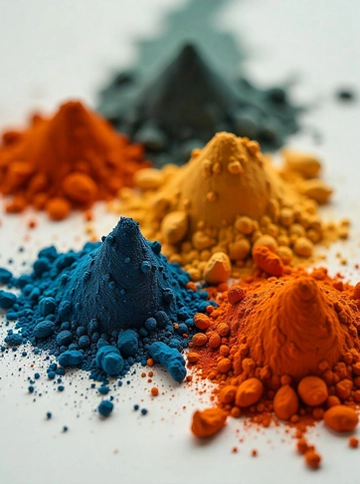
These early pigments were limited by the resources available in a particular region. Ochre, producing earthy yellows, reds, and browns, was widely used. Charcoal provided black, while crushed berries and plants offered a limited range of other colors, though these were often less durable. The search for more vibrant and lasting colors drove innovation. Ancient civilizations like the Egyptians and Mesopotamians developed more sophisticated pigments and binding agents. The Egyptians, renowned for their artistry, used pigments like lapis lazuli (a vibrant blue), malachite (green), and orpiment (yellow), often grinding them into a fine powder and mixing them with a binder like egg yolk or gum arabic. These colors adorned their tombs, temples, and palaces, showcasing their advanced understanding of chemistry and aesthetics. They also used these paints for interior painting of their homes and other buildings.
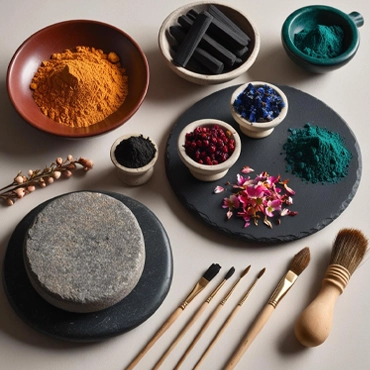
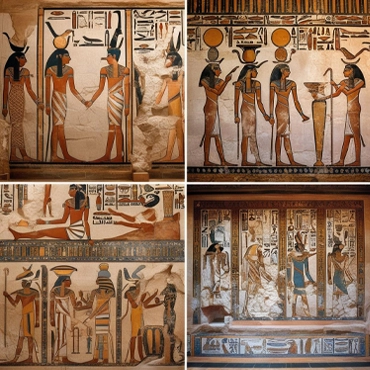
The Greeks and Romans further refined paint technology. They used encaustic painting, a technique involving pigments mixed with hot wax, which resulted in remarkably durable and vibrant images. They also employed fresco, where pigments are mixed with water and applied to wet plaster, creating a long-lasting bond as the plaster dries. These techniques allowed artists to create stunning murals and decorative elements that have survived for millennia. As civilizations evolved, so did the demand for more varied and durable paints. The quest for new pigments and improved application techniques continued, laying the foundation for the advancements that would follow. If you’re considering a residential painting project, think about the long history of the materials you’re using and the artistry that has gone into developing them. From the earliest cave paintings to modern homes, the desire to add color and beauty to our surroundings has been a constant throughout human history. And at French Painting Company, we carry on that tradition, providing quality exterior painting and commercial painting services in the Hampton Roads area.
The Rise of Oil-Based Paints
The Renaissance marked a turning point in the history of paint, witnessing the rise of oil-based paints. While oil as a binder had been experimented with earlier, it was during this period that its potential was fully realized. Jan van Eyck, a Flemish painter, is often credited with perfecting oil painting techniques in the early 15th century. He discovered that by using linseed oil as a medium, pigments could be ground into a smooth paste, resulting in a paint that was far more versatile and luminous than anything seen before. Oil paints dried slowly, allowing artists to blend colors seamlessly and create incredibly realistic depictions of light and shadow. The resulting artworks possessed a depth and richness that was simply unattainable with earlier mediums like tempera or fresco.

The advantages of oil-based paints were numerous. Their slow drying time allowed for corrections and revisions, giving artists greater control over their work. The paint films were also more durable and resistant to moisture than previous paints, ensuring that artworks would last for generations. The use of oil paint on canvas, rather than wood panels, further revolutionized painting. Canvas was lighter and more flexible, allowing for larger-scale works and easier transport. This combination of oil paint and canvas became the standard for centuries, dominating the art world and influencing the development of painting techniques across Europe.
Beyond the art world, oil-based paints also found applications in decorative and functional painting. They were used to paint walls, furniture, and other surfaces, providing a durable and aesthetically pleasing finish. As technology advanced, new pigments were developed specifically for use in oil-based paints, expanding the range of available colors. The rise of industrialization in the 19th century led to the mass production of oil-based paints, making them more affordable and accessible. These paints became widely used in residential painting and commercial painting, transforming the look of buildings and interiors. While oil-based paints are still used today, particularly for certain specialized applications, they have largely been replaced by more modern alternatives like latex paints for many common projects. If you’re considering a project involving exterior painting or interior painting in the Hampton Roads area, our team at French Painting Company can advise you on the best paint for your specific needs. We also offer specialized commercial painting services, and our experience with various paint types allows us to deliver exceptional results.
Latex Paints: A Modern Marvel
The 20th century witnessed the rise of a new type of paint that would revolutionize the industry: latex paint. While the term “latex” might suggest a connection to rubber, modern latex paints are typically based on acrylic or vinyl polymers. These synthetic polymers form a flexible film when the paint dries, offering several advantages over traditional oil-based paints. One of the most significant benefits of latex paint is its water-based composition. This makes it significantly easier to clean up—simply use soap and water, eliminating the need for harsh solvents. Latex paints also dry much faster than oil-based paints, allowing for multiple coats to be applied in a single day, significantly reducing project time.
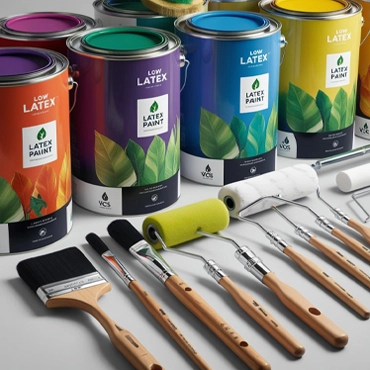
Another key advantage of latex paint is its low volatile organic compound (VOC) content. VOCs are chemicals that evaporate from paint and can contribute to air pollution and health problems. The lower VOC content of latex paints makes them a more environmentally friendly and healthier choice, especially for interior painting projects. Furthermore, latex paints are highly durable and resistant to cracking, chipping, and fading. They adhere well to a variety of surfaces, making them suitable for both residential painting and commercial painting applications. Their flexibility also allows them to expand and contract with temperature changes, making them a good choice for exterior painting in the Hampton Roads area, where weather conditions can fluctuate.
The development of latex paints was a major breakthrough, offering a combination of performance, convenience, and environmental benefits. They quickly became the preferred choice for most painting projects, from refreshing the walls of a home to coating large commercial buildings. The ease of application and cleanup made them popular with both professional painters and DIY enthusiasts. At French Painting Company, we understand the importance of using high-quality paints, and we often recommend latex paints for their versatility and durability. If you’re planning a painting project, whether it’s a small room or a large commercial space, consider the benefits of latex paint. Our team can help you choose the right type of latex paint for your specific needs and ensure a professional finish. We also offer commercial painting services, and our expertise with latex paints allows us to deliver exceptional results for businesses of all sizes.
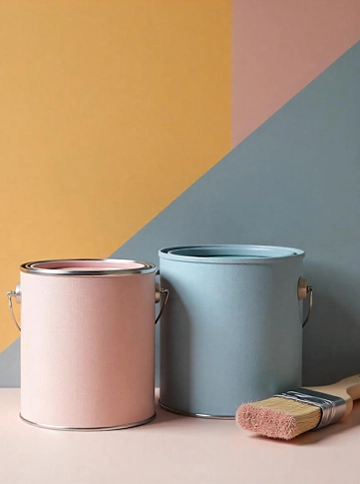
The Future of Paint: Sustainable Solutions
The future of paint is increasingly focused on sustainability. As awareness of environmental issues grows, the demand for eco-friendly paints has surged. Paint manufacturers are responding by developing innovative products that minimize their impact on the planet. This includes reducing VOCs even further, using recycled or bio-based materials, and developing paints that contribute to energy efficiency. Low-VOC and zero-VOC paints are becoming increasingly common, offering healthier indoor air quality and reducing the release of harmful chemicals into the atmosphere. These paints are particularly important for interior painting, where occupants are exposed to the paint for extended periods.
Beyond VOCs, the paint industry is also exploring the use of more sustainable pigments. Traditional pigments can sometimes be derived from environmentally damaging mining practices or contain heavy metals.
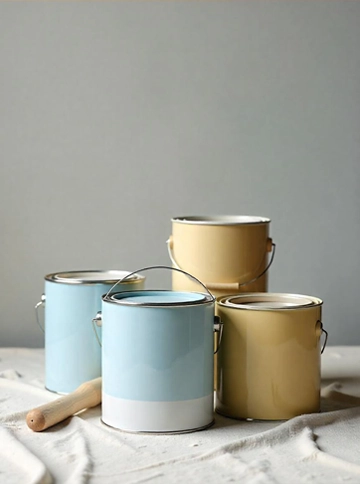
Researchers are working on developing new pigments from renewable resources or recycled materials, reducing the environmental footprint of paint production. Another exciting area of innovation is the development of paints with functional properties. For example, some paints are designed to reflect sunlight, reducing the heat absorbed by buildings and lowering energy costs. These “cool paints” are particularly beneficial in warm climates and can contribute to energy savings in both residential painting and commercial painting projects. Other functional paints can have anti-microbial properties, helping to prevent the growth of mold and bacteria, which is particularly useful in hospitals and other healthcare settings.
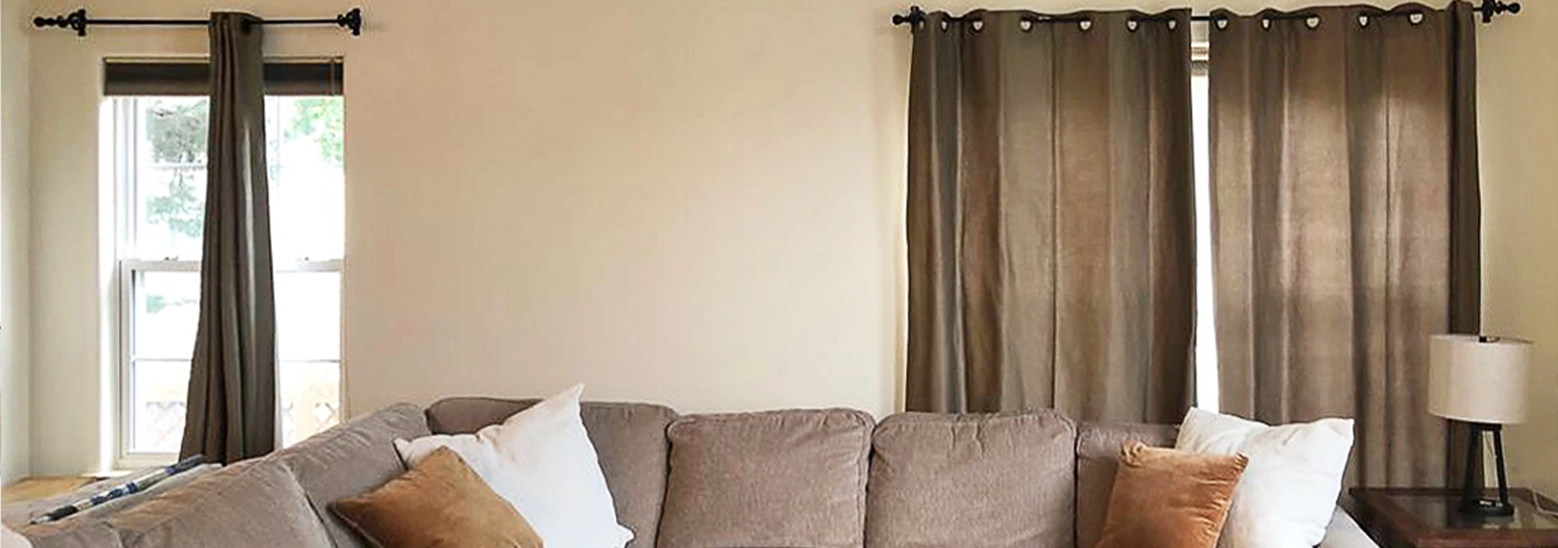
The focus on sustainability extends beyond the paint itself to the entire lifecycle of the product. Manufacturers are looking for ways to reduce waste during production and packaging, and some are even exploring closed-loop systems where paint containers can be recycled or reused. At French Painting Company, we are committed to using environmentally responsible practices and materials whenever possible. We understand that our customers in the Hampton Roads area are increasingly concerned about the environmental impact of their choices, and we strive to offer sustainable painting solutions. Whether you’re planning exterior painting, commercial painting, or any other type of painting project, we can discuss options for using eco-friendly paints and minimizing waste. The future of paint is bright, with ongoing innovation leading to products that are not only beautiful and durable but also good for the planet. We are proud to be part of this evolution, offering our clients the latest in sustainable painting technology.
Conclusion
From the ochre-infused hues of ancient cave paintings to the sophisticated, eco-friendly coatings of today, paint has journeyed through millennia, mirroring human ingenuity and artistic expression. This exploration of paint’s history reveals not just the evolution of materials but also the changing needs and values of society. Early pigments, derived from the earth itself, connected humans to their environment. The rise of oil-based paints during the Renaissance revolutionized art, enabling unparalleled realism and durability. The 20th century witnessed the triumph of latex paints, prized for their convenience, low VOCs, and versatility. And now, the future of paint lies in sustainability, with a growing emphasis on eco-friendly formulations and practices. At French Painting Company, serving the Hampton Roads, Virginia area, we’re proud to be part of this continuing story. We understand that choosing the right paint is about more than just color; it’s about performance, durability, and environmental responsibility. Whether you’re planning a residential painting project, refreshing your commercial space, or simply curious about the history of this essential material, we hope this article has provided valuable insights. Our team of experienced professionals is ready to assist you with all your painting needs, from interior painting and exterior painting to specialized commercial projects. Contact us today to discuss your project and discover how we can bring your vision to life with quality paints and expert craftsmanship. We are committed to providing top-tier service and utilizing the best products to ensure your satisfaction.
FAQs
The oldest known forms of paint date back tens of thousands of years and were used in prehistoric cave paintings. These early paints were made from natural pigments like ochre, charcoal, and plant extracts, mixed with water or animal fat. These pigments were applied to cave walls using fingers, rudimentary brushes, or even by blowing pigment through hollow bones.
Oil-based paints use oil as a binder, while latex paints use water-based acrylic or vinyl polymers. Oil-based paints are known for their durability and smooth finish but require solvents for cleanup and have higher VOC content. Latex paints are easier to clean up with soap and water, dry faster, and typically have lower VOCs, making them a more environmentally friendly choice. For most residential painting and commercial painting projects, latex paints are now preferred.
VOCs (Volatile Organic Compounds) are chemicals that evaporate from paint and can contribute to air pollution and health problems. Lower VOC or zero-VOC paints are becoming increasingly popular as they improve indoor air quality and reduce the release of harmful chemicals into the environment. This is a key consideration for both interior painting and exterior painting.
Sustainable paint solutions include paints with low or zero VOC content, those made from recycled or bio-based materials, and paints with functional properties like heat reflection. The paint industry is also moving towards more sustainable packaging and waste reduction practices. At French Painting Company, we are committed to using environmentally responsible practices and can help you find the best sustainable options for your commercial painting or residential painting project in the Hampton Roads area.

